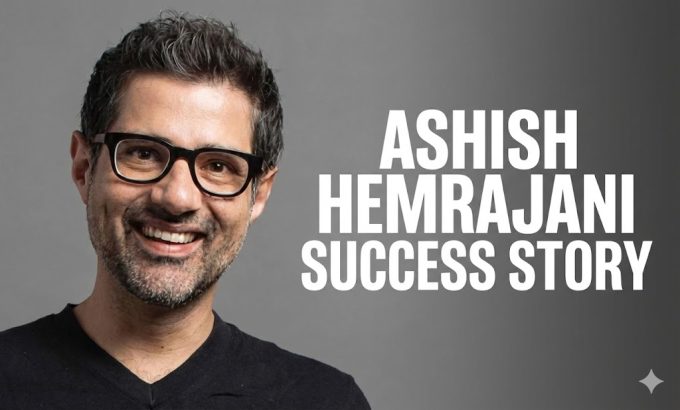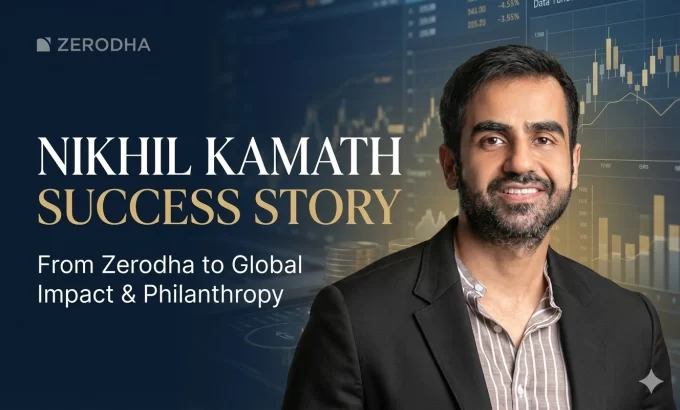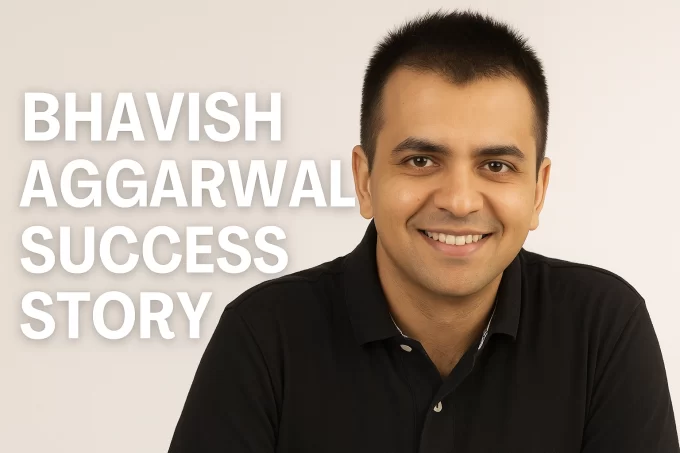Sachin Bansal, the cofounder of Flipkart, is reportedly in discussions to divest his stake in Ola, the Indian ride-hailing giant. This move comes as Bansal increasingly shifts his focus toward Navi, his fintech venture. The decision to sell his significant stake in Ola marks a new phase in Bansal’s entrepreneurial journey as he continues to channel his resources and energy into expanding Navi, a company he founded to bring financial services to a larger segment of the population.
Bansal’s Investment in Ola
In 2019, Sachin Bansal made headlines when he invested $100 million in Ola, marking one of his largest personal startup investments. At the time, the ride-hailing company was valued at approximately $3 billion. His decision to invest in Ola was seen as a strategic move, given the company’s dominant position in the Indian market and its plans for global expansion.
Bansal, a seasoned entrepreneur with a deep understanding of the technology and startup ecosystem, has had a strong track record of making investments in companies poised for growth. His investment in Ola, which was founded by Bhavish Aggarwal and Ankit Bhati, appeared to be a natural extension of his ability to identify high-potential startups. Ola, under Aggarwal’s leadership, has grown to become one of India’s most successful and recognized ride-hailing services, competing with global players like Uber.
Shift in Focus to Navi
While Bansal’s investment in Ola was once a key part of his entrepreneurial portfolio, his current priorities lie in building and scaling Navi, his fintech venture. Over the past year, Bansal has been dedicating more of his time and resources to the growth of Navi, a platform designed to provide financial solutions such as loans, insurance, and other banking services to a broad spectrum of consumers, particularly the underserved population in India.
The decision to divest from Ola aligns with Bansal’s increasing focus on Navi and the fintech sector. Bansal has reportedly been consolidating resources for Navi, positioning the company for future growth and seeking external funding to further expand its reach and offerings. In a country where digital financial services are on the rise, Bansal’s move to deepen his involvement in the fintech space is strategic, considering India’s large and growing market for financial inclusion.
Navi has already made a mark in the fintech industry with its user-friendly digital platform, which has attracted a growing customer base. With Bansal’s leadership, the company is positioned to play a significant role in disrupting the traditional banking and financial services sector. The move to focus on Navi comes at a time when the Indian fintech market is seeing strong investor interest, with startups in this space raising substantial funding from both domestic and international investors.
The Road Ahead for Ola
Bansal’s potential exit from Ola is likely to have minimal impact on the company’s operations, as Ola continues to be led by its founding team. However, the move may signal a shift in Bansal’s investment strategy. With his wealth and experience, Bansal’s exit could provide him with the financial flexibility to fully commit to scaling Navi, while also giving him room to explore new opportunities in the fintech sector.
Ola, under Bhavish Aggarwal’s leadership, continues to evolve beyond ride-hailing services. The company has been investing heavily in electric vehicles, mobility solutions, and international expansion, particularly in markets such as Australia and the UK. As one of India’s leading unicorns, Ola is well-positioned to continue its growth trajectory despite Bansal’s potential exit from its investor base.
Conclusion
Sachin Bansal’s decision to divest his stake in Ola highlights a strategic shift in his entrepreneurial ambitions. While his investment in Ola has been significant, his focus now lies in scaling Navi and solidifying its place in India’s fintech ecosystem. As the fintech sector in India continues to flourish, Bansal’s deep expertise in scaling startups positions Navi to play a pivotal role in the country’s digital financial services landscape.










2 Comments